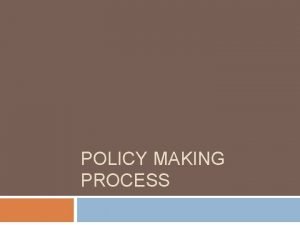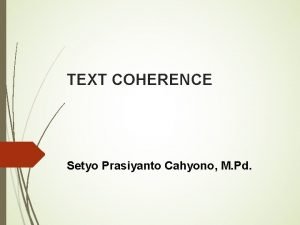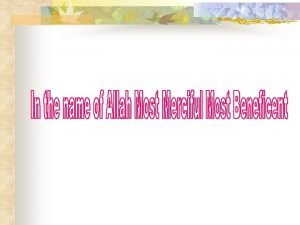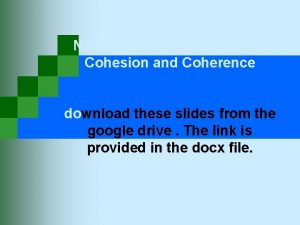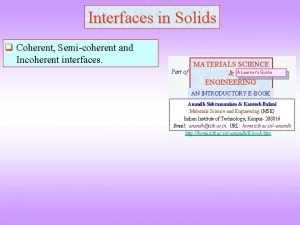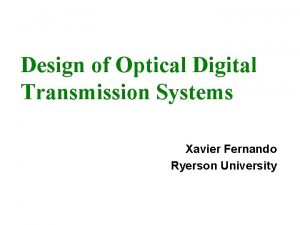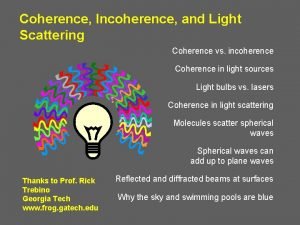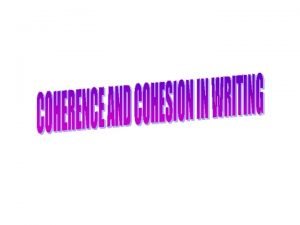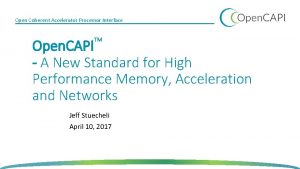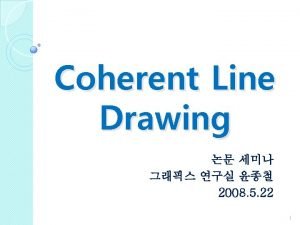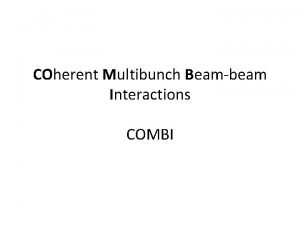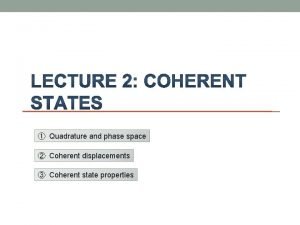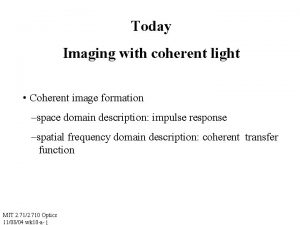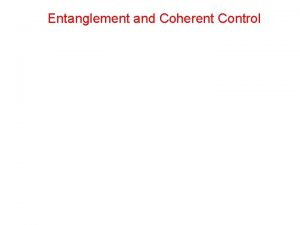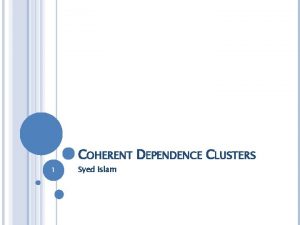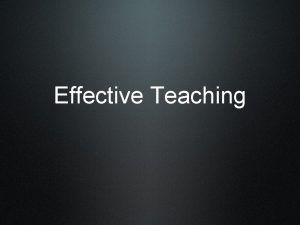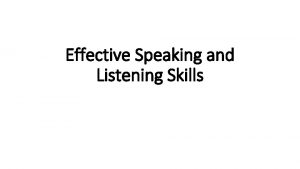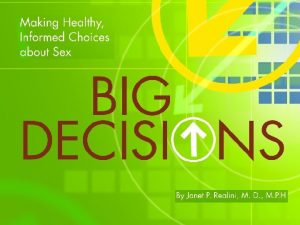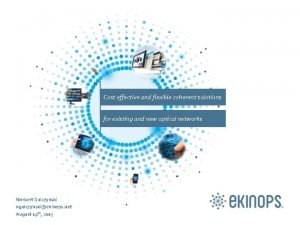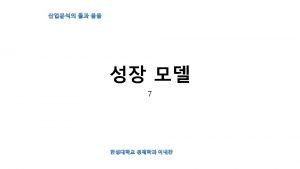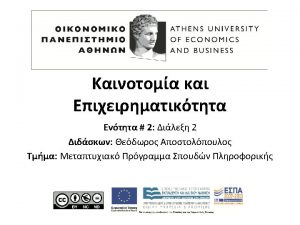COHERENT POLICYMAKING FRAMEWORK A MODEL FOR EFFECTIVE POLICYMAKING













- Slides: 13

COHERENT POLICYMAKING FRAMEWORK: A MODEL FOR EFFECTIVE POLICYMAKING & COMMUNICATION FOR SUSTAINABILITY Harn Wei Kua Dept. of Building, National University of Singapore Building Technology Program, MIT, USA

CONTENTS n n n Introduction – Information Flow Aim of Information Flow Framework Policy Integration and Coherence Building Blocks of Information Flow Framework Application: Promoting Energy Efficiency Conclusions

INTRODUCTION – INFORMATION FLOW n In Industrial Ecology, we talk about desirable material and substance flow analyses. But flow of information to enable that is oftenly neglected. n Relevance of information flow: – Complex, self-organizing systems’ feedback mechanisms – Biological systems’ enzymic cycles n Challenge and objective – ‘To propose an effective information flow framework/model that promotes successful sustainable development’

THE AIM OF THE INFORMATION FLOW FRAMEWORK n Ensure ‘coherence’ in policymaking n Realize: – Extensively studied, as a way of achieving policy integration – Related ideas are policy coordination & intergovernmental management – Integration across economy, environment and employment (often neglected!) – Defining of clear roles in organization – Encouragement of effective stakeholder communication – Effective management/innovation of knowledge

A BIT MORE ON POLICY INTEGRATION & ‘COHERENCE’ n 10 case studies on why there are negative & unanticipated outcomes of policies; e. g. concrete aggregate tax in Sweden and Denmark n An integrated policy must: n There must be coherence in how different indicators are addressed, in order to be real integration. – Co-address all 3 aspects of sustainability – Encourage interaction amongst governmental and non -governmental stakeholders

1 st BUILDING BLOCK OF THE INFORMATION FLOW FRAMEWORK n 5 types of FEEDBACK LOOPS – Coordinate goals between different levels of government (i. e. vertical integration) – Coordinate likely policy outcomes amongst different concurrent policies (i. e. horizontal integration) – Sharing of information by stakeholders about the effects of each policy – Revision of original sustainability goals, if necessary – Ensuring of continuity in sustainability action plan across different terms of office of government

2 nd BUILDING BLOCK OF THE INFORMATION FLOW FRAMEWORK Local level sustainable development ‘catalyst’ Other local level sustainable development ‘catalyst’ G ra Local government agency as the leader ss ro o st t n ak on eh -g ol ov de er rs nm en t Internal bridging unit External bridging unit Sector or industry representatives as key ‘catalyst’ members National or state level sustainable development ‘catalyst’ Grass root non-government stakeholders on n t oo nt r e rs s as rnm lde r G ve ho go ake st Traditional boundary between local and state/national governance

APPLICATION OF INFORMATION FLOW FRAMEWORK Promoting Energy Efficiency

LESSONS FROM CURRENT ENERGY STUDIES § Household energy conservation is best addressed from a multidisciplinary perspective. (Abrahamse et al. , 2005) § Energy saving technologies and policies should be applied & monitored internationally and not just confined to local markets. (de Groot et al. , 2001) § Green Lights and Energy Star Office Products should account for rebound effect as well. (Howarth et al. , 2000)

PROPOSED INTEGRATED ENERGY EFFICIENCY STRATEGY (I) § Sustainability indicators: § Environmental § CO 2 reduction, material efficiency, protection of public health from pollution § Social/Employment § Improve energy equity § Provide employment & education § Improve workers’ health & safety § Economic § Improve local economy § Reduce derived costs for firms (due to sickness & waste disposal)

PROPOSED INTEGRATED ENERGY EFFICIENCY STRATEGY (II) § Policy elements § Integrated sustainable development program § Energy Star + Green Lights + National Env. Perf. Track + LEED + Voluntary Protection Program § Rebound Effect Regulator § To prevent rebound effect; to balance efficiency and capacity § Company level renewable energy quota; to be tied to statelevel Renewable Portfolio Standards § Need new professionals to provide consultancy service and education to firms

PROPOSED INTEGRATED ENERGY EFFICIENCY STRATEGY (III) § Policy elements § Sustainable Energy Ambassadors/Consultants § Establish education/training program to nurture these professionals § Possible private-public collaboration for creating local jobs § Energy Charity Foundation § ‘Energy Welfare Group’ links the needy communities to businesses and individuals § Energy saved can be donated to help needy pay for energy products and services

CONCLUSIONS n n n Coherence in policy planning, execution and monitoring will contribute to successful policy integration Successful information flow framework for coherent policymaking depends on 5 feedback loops and integrated stakeholder network Framework is a source of creative integrated policy strategies
